In the ever-evolving world of chocolate production, selecting the right equipment is crucial for achieving optimal results. One of the most vital machines in this process is the "mulino a sfere per cioccolato," or chocolate ball mill, which plays a significant role in refining cocoa and improving the texture of chocolate. According to recent industry reports, the global chocolate market was valued at over $120 billion in 2022 and is expected to grow at a compound annual growth rate (CAGR) of 4.5% through 2027. This growth underscores the increasing demand for high-quality chocolate products, making the selection of efficient production equipment more important than ever. In this ultimate guide, we will explore key factors to consider when choosing the best chocolate ball mill for your production needs, ensuring you remain competitive in a flourishing market.

When it comes to chocolate production, understanding the basics of chocolate ball mills is crucial for optimizing your manufacturing process.
Chocolate ball mills are essential machines that facilitate the grinding of chocolate liquor, significantly enhancing the texture and flavor of the final product. According to industry reports, proper use of ball mills can lead to a reduction in processing time by up to 30%, which directly impacts productivity and cost-effectiveness.
Tips: When selecting a chocolate ball mill, consider the capacity and size of the machine in relation to your production needs. Most manufacturers suggest evaluating your output requirements against the mill's specifications to ensure that you achieve optimal efficiency. It's also vital to assess the cooling mechanisms in place, as temperature control is essential for maintaining the quality of the chocolate during the milling process.
Moreover, the importance of material quality cannot be overlooked. High-quality stainless steel is recommended for the construction of ball mills, as it helps in maintaining hygiene standards and prevents contamination. Studies have shown that mills made from premium materials can enhance the durability of the equipment, reducing maintenance costs over time.
When selecting a chocolate ball mill for your production needs, certain key features are essential to ensure optimal performance and efficiency. One of the most critical aspects is the milling capacity. Reports indicate that modern chocolate ball mills can process up to 2,000 kg of chocolate per hour, catering to both small-scale artisans and large producers. The mill's speed and grinding time also significantly impact the quality of the finished product; a balance must be achieved to prevent overheating, which can alter flavor profiles.
Tip: Always consider the type of materials used in the construction of the ball mill. High-quality stainless steel not only enhances durability but also prevents contamination, which is vital in chocolate production. Many industry leaders recommend mills with variable speed control systems, allowing for adjustments based on the specific chocolate recipes and ingredients used.
Another critical feature is the ease of maintenance and cleaning. A ball mill with a removable tank and easy-access grinding components can save considerable downtime during production shifts. Studies suggest that inefficient maintenance practices can reduce machine lifespan by up to 30%, affecting overall productivity. Investing in a user-friendly ball mill can translate into long-term cost savings and enhanced operational efficiency.
When selecting the ideal chocolate ball mill for your production needs, it's essential to understand the various types available and their unique functionalities. Generally, chocolate ball mills can be categorized into batch mills and continuous mills. Batch mills are typically used for smaller production runs, offering flexibility and ease of use. They allow chocolatiers to experiment with different recipes without committing to a large quantity, making them perfect for artisanal producers. On the other hand, continuous mills are designed for high-volume production, providing a more streamlined process and consistent output. These mills are ideal for manufacturers looking to scale up production while maintaining quality.
In addition to batch and continuous mills, there are also variations in terms of size, speed, and material construction. Smaller mills may be suitable for small businesses or niche markets, while larger, industrial-grade mills are engineered for efficiency and durability in a high-demand setting. Speed settings can also affect your chocolate's final texture and flavor, allowing for precise control over the refinement process. Ultimately, choosing the right type of chocolate ball mill hinges on balancing your production volume, desired quality, and specific application needs. Understanding these differences will help you make an informed decision that aligns with your operational goals.
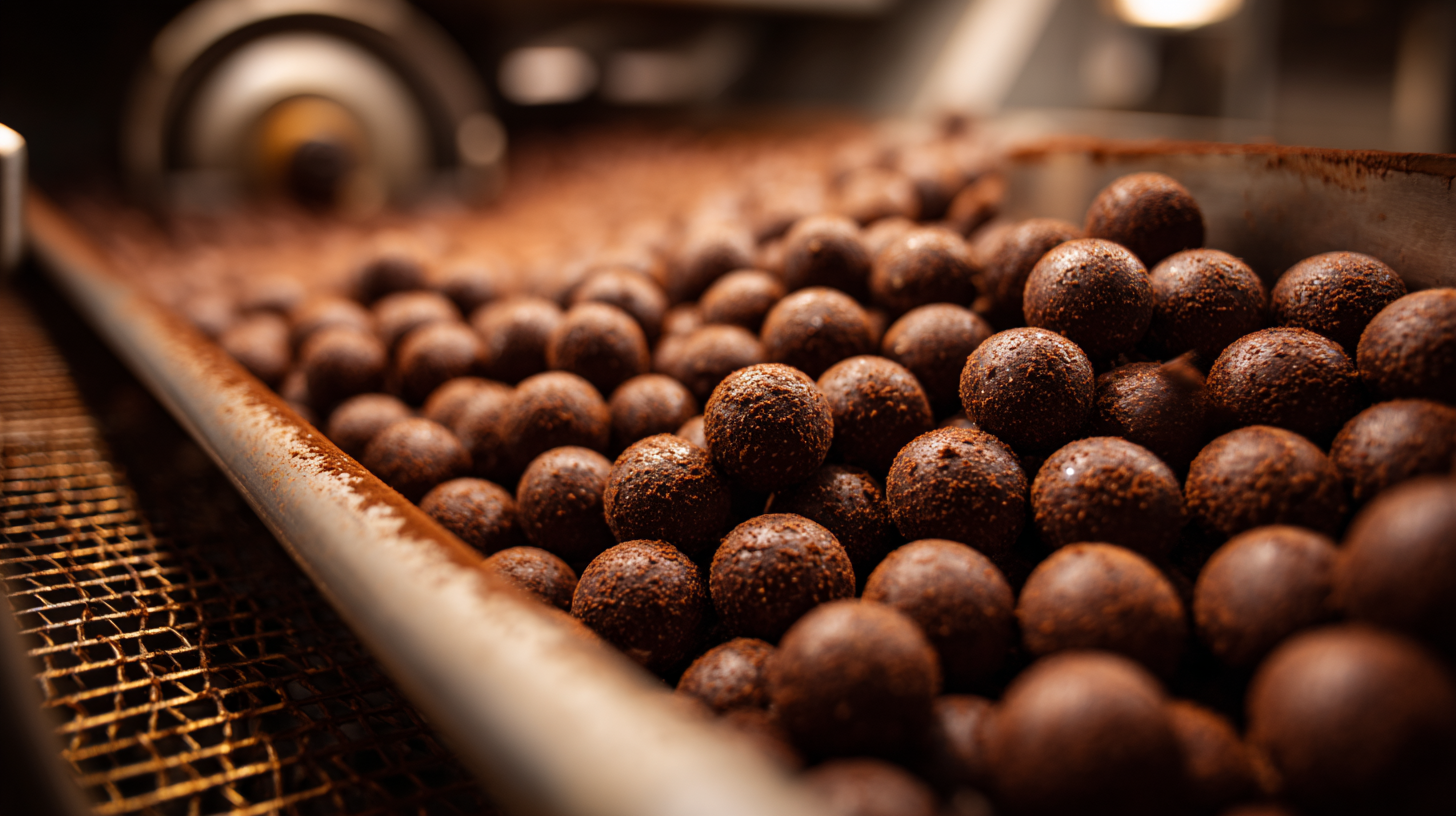
When it comes to operating a chocolate ball mill, proper maintenance is critical for ensuring longevity and optimal performance. According to a report by the International Cocoa Organization, improper maintenance can lead to efficiency losses of up to 20%, which directly affects production costs. Regular inspections, timely lubrication, and replacement of worn parts are essential measures to keep your machinery running smoothly. Ideally, operators should establish a maintenance schedule that includes daily, weekly, and monthly tasks to prevent unexpected breakdowns.
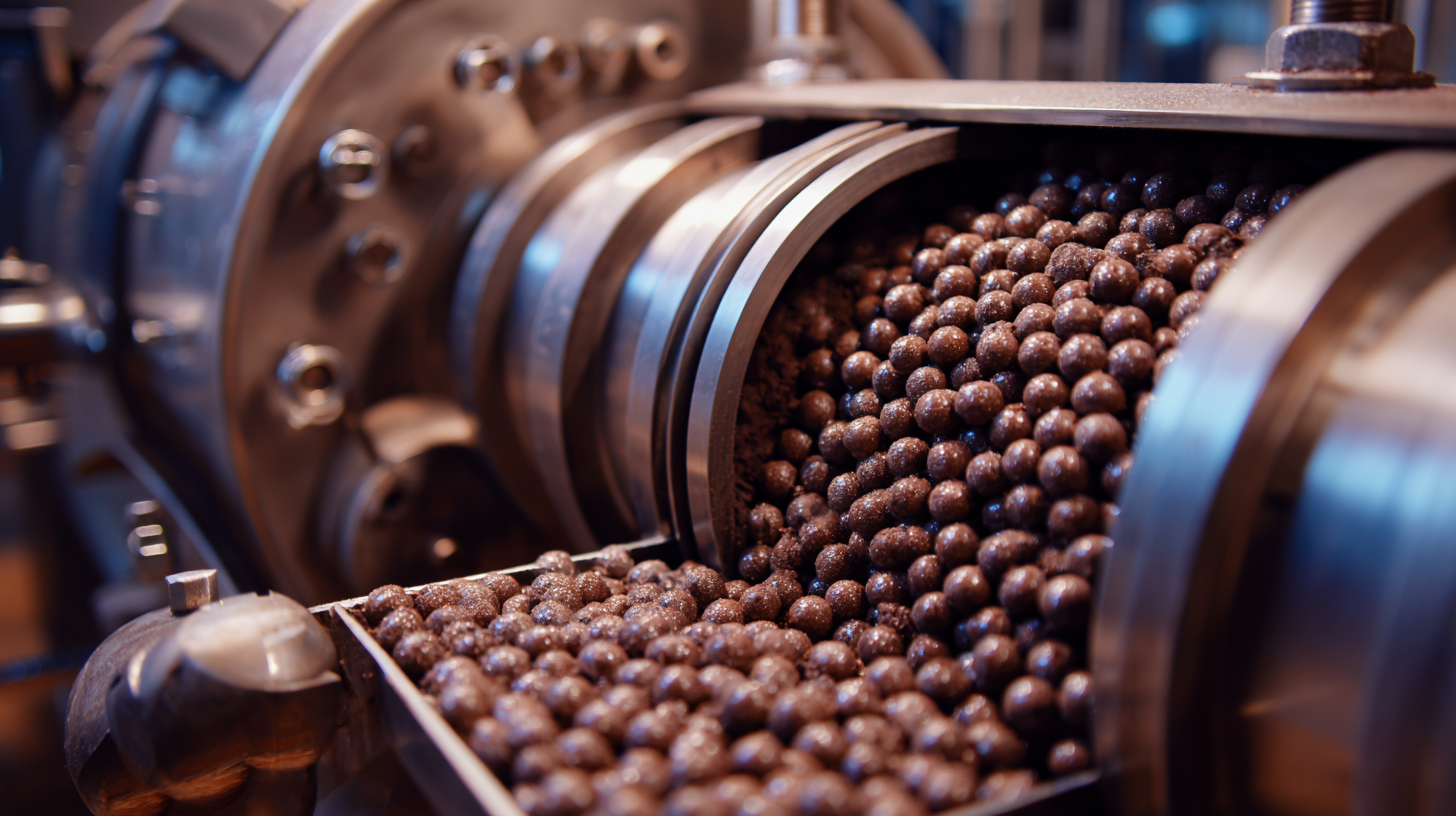
Furthermore, incorporating technology such as predictive maintenance can significantly enhance the operational lifespan of your chocolate ball mill. A study from the Association of Equipment Manufacturers indicates that predictive maintenance can reduce downtime by 30% and improve equipment lifespan by 50%. By using sensors to monitor wear and tear and applying data analytics, manufacturers can better anticipate maintenance needs, thus extending the life of their equipment. Additionally, ensuring that the mill is operated within its designed parameters, such as temperature and speed, can further mitigate risks of mechanical failure and prolong the overall life of the machine.
When considering the investment in a chocolate ball mill for your production line, it's essential to evaluate the balance between cost and performance. A high-quality mill might come at a higher price, but its efficiency can lead to significant savings in the long run. Analyzing the right specifications for your specific needs can help you select equipment that will not only meet production demands but also enhance product quality.
**Tip 1:** Look for mills that offer adjustable settings. This will allow you to fine-tune the grinding process according to the desired consistency and quality of your chocolate, which can make a considerable difference in the final product.
**Tip 2:** Consider the mill's energy efficiency. While the initial cost is important, a machine that consumes less energy over time can result in lower operating costs, improving your return on investment.
**Tip 3:** Evaluate the maintenance requirements of the ball mill. Choosing a machine with fewer maintenance needs can save you time and money, allowing your production to run smoothly without frequent interruptions. Make sure to review warranty options and customer service support as well.
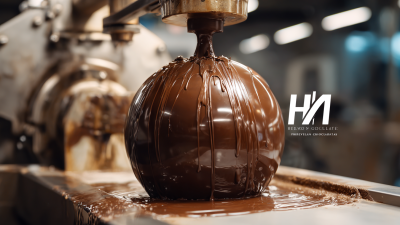
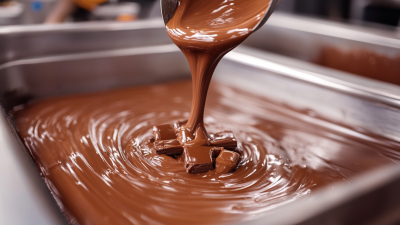


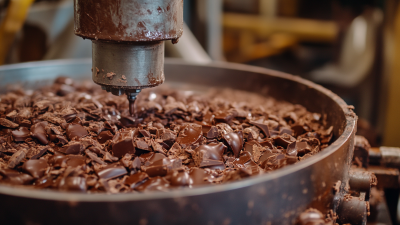

Utilizziamo i cookie per migliorare l'esperienza utente. Per maggiori informazioni, consulta la nostra Cookie Policy.